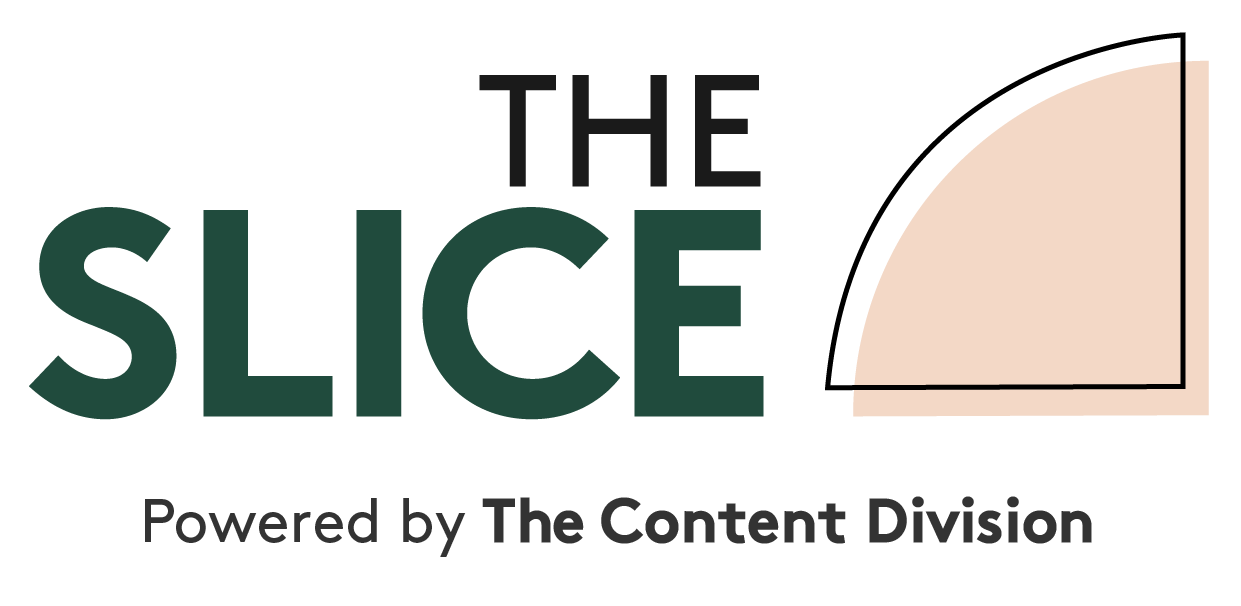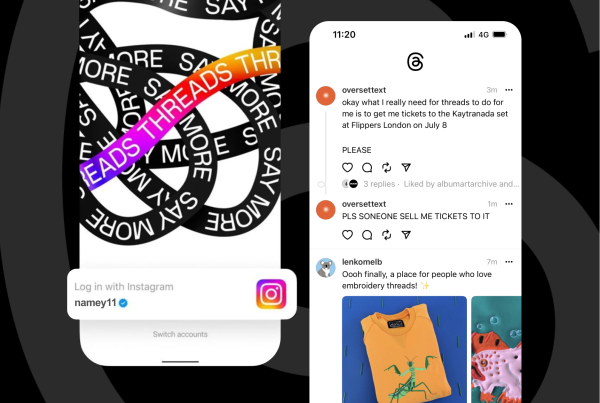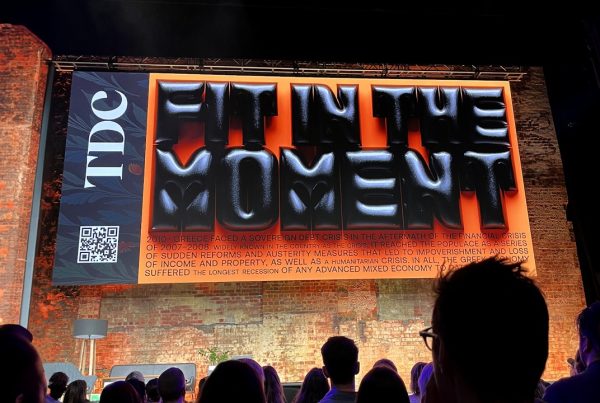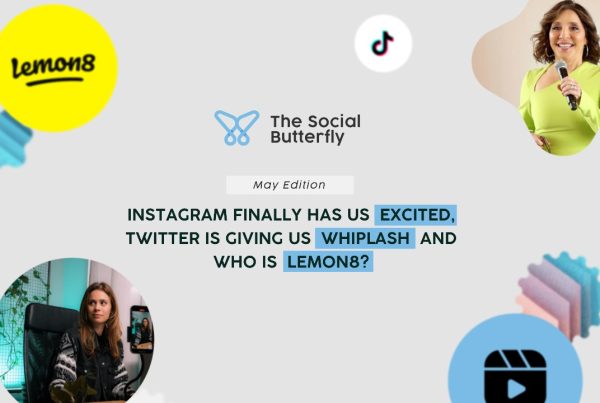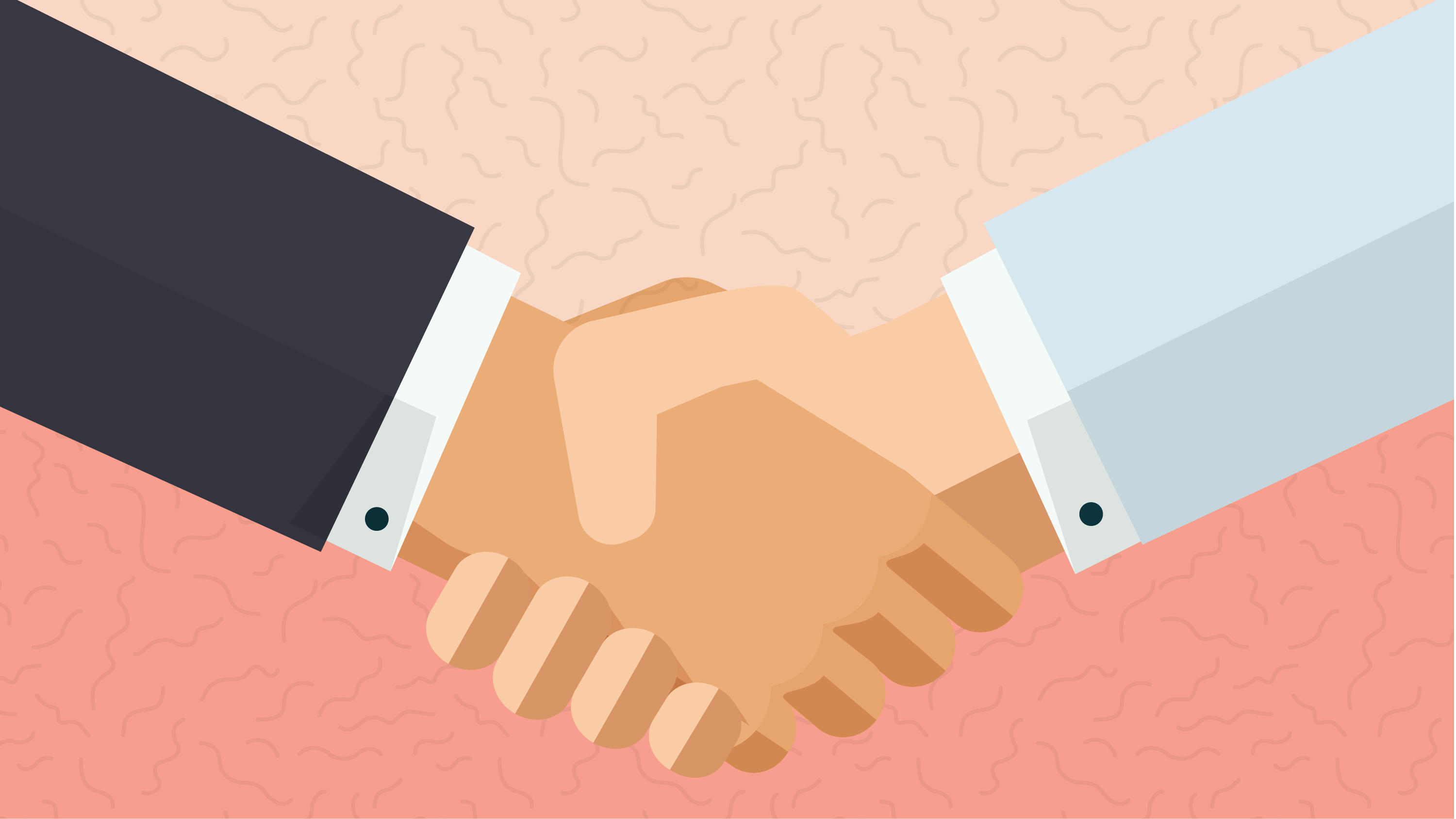
Brands have been partnering with content creators and publishers for more than a century, and not just in a typical ad format. Brand partnerships, content partnerships, sponsored or native content – the idea was always the same. Weave in the message in a way that is relevant or adds value to the audience. The better the partnership (in terms of relevance), the more successful the partnership. Just think of the soap operas started by – you guessed it – soap companies.
Car brands do a great job of this. Think of the Tough Conversations with Henry Rollins sponsored by Mercedes Benz podcast or how Broadsheet seamlessly integrates Mini into its videos.
Everywhere you look brands seem to be working with filmmakers, TV producers, Youtubers, bloggers and social influencers to promote their brand and products meaningfully. Done well, the cut through for brands can be far more impactful than even some of the very best advertisements. These are some of my favourite examples of brand-content partnerships for companies to learn from.
The Design Files X Dulux
Due to my mega fan status of the design porn that is The Design Files, I’m well familiar with the brand partnerships that go down on this platform. Not surprisingly, Dulux is one of the consistent ones. The Design Files X Dulux partnership starts with website ads and includes editorial for the Dulux Colour Award program, as well as the Dulux Annual Colour Forecast. If you’re bored by this, you’re not a reader of The Design Files (these people lap up design trends and colour pallette and paint are at the forefront of that). When it comes to styling, renovations, before and after transformations, Dulux is always in the list of suppliers, suggesting the partnership goes beyond editorial and advertisements. As a reader of The Design Files and a future renovator, I can say firsthand that the brand has secured itself premiere positioning by associating itself with the publisher.
Shameless X Bumble
Branded podcasts are a tough game. Since the market is seriously saturated, creating cut through can only be done with an awesome format, good production, fantastic hosts and a great content tilt. Online dating company Bumble decided to navigate this challenge by partnering with the experts over at Shameless Media. Already an expert in communicating with the target audience, the team behind Shameless (the award-winning podcast with over 3 million downloads) worked with Bumble to develop the podcast series Love Etc. – “proof that love comes in many colourful shapes, sizes, and stories.” The podcast answers young singles’ questions and addresses their fears, covering topics such as who should pay on the first date, cheating in relationships and what to do when you get your heart broken.
From a brand perspective I think it makes so much sense to partner with a publisher that has built a reputation of authority in its space and piggy back off that success with more value-add content (even if your brand is front and centre). And Bumble has absolutely done this by partnering with Shameless Media.
Stranger Things X Baskin-Robbins
You can’t talk about branded content partnerships without talking about the Stranger Things Season 3 release. While it’s usually the publisher that’s tasked with promoting the product or brand, this time it was the brands that took the opportunity to leverage the content with the release of the third series of this Netflix phenomenon – making everything from clothes and shoes to fast food and AR experiences with the Stranger Things brand at their core
One that stood out for me was the Australian Baskin-Robbins collaboration. Baskin-Robbins added a Stranger Things-themed menu for the campaign, re-branded their Uber Eats profile to look like the ice cream store Scoops Ahoy that features in the show, and even gave shoppers a chance to win a trip to the Stranger Things set. The partnership was promoted heavily in store, online and via the Uber Eats app, making it highly visible when the season dropped.
I think from a brand perspective, mixing things up like this on a regular basis gives their customers a reason to come back and re-engage with the brand. It’s also a great way to stand out when you’re up against similar offerings on rival food delivery apps. Thirdly, you can charge a premium for what is really just a different combination of existing product. Winner, winner, it’s-ok-to-eat-ice-cream for dinner.
Casey Neistat X Nike
When it comes to engaging influencers, or even typical publishers, for branded campaigns it can be tempting to give a detailed brief of the outcome expected and even micro manage the execution of it. It’s safe to say that the best partnerships don’t go down this way.
The Casey Neistat X Nike branded partnership for Nike’s #MakeItCount campaign is a top example of this. Nike gave the Youtuber a product and a campaign brief, but Neistat had another idea. He spent the budget on doing what he does best. He went around the world in 10 days with his mate and his camera. And he made every minute count. Get it? The results were much more than any brand, person or publisher could have expected. The video’s had almost 30 million views.
Fatherly X Gillette
Gillette’s stance on men’s issues continues in this partnership with U.S publisher Fatherly. Through the publisher’s “Letters to Boys” project sponsored by Gillette, the brand offers “boys (and the men raising them) guidance in the form of heartfelt advice given generously by great men.” The publisher says that the content is “by no means a definitive guide to the issues boys face, but the letters tackle self-worth, the internet, civic duty, aggression, groupthink, bullying, and masculinity.” Gillette’s clearly clinging onto brand purpose building opportunities this year and while they’re doing it with this much integrity, I’m all about it.
Let these examples be both a lesson to brands and publishers – the best partnerships are those where the objectives and values align. The result is that the brand, publisher and the audience all benefit.
